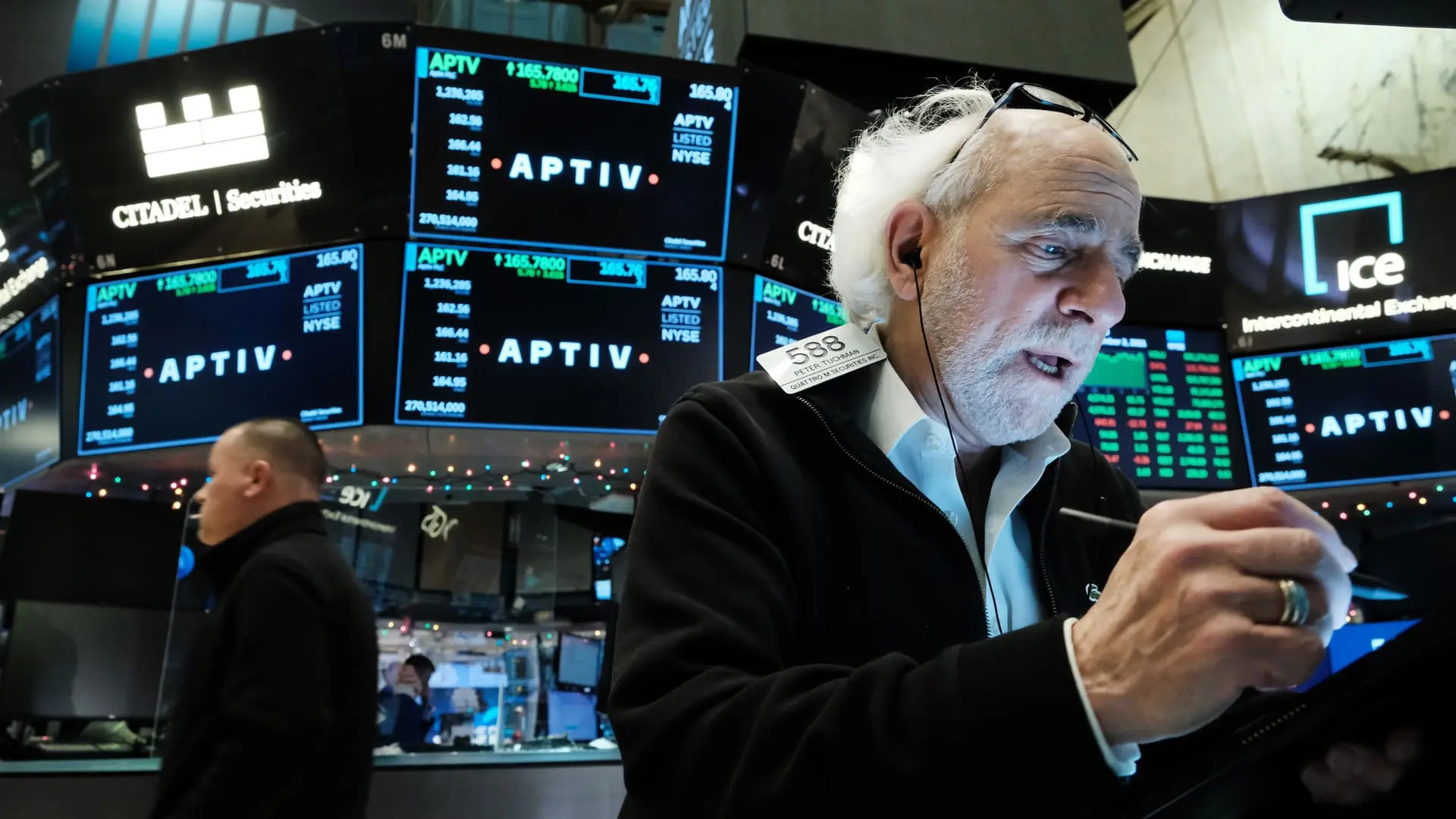Global Crypto Investment Funds See Second Week of $1.3 Billion Outflows
Global Crypto Investment Funds See Second Week of $1.3 Billion Outflows
By
Calder Monroe
Last updated:
November 10, 2025
First Published:
November 10, 2025

Shifting Sentiments Among Digital Asset Investors
The global cryptocurrency market is witnessing a surprising shift in investor behavior as digital asset funds recorded a second consecutive week of significant outflows amounting to around 1.3 billion dollars. This movement marks a notable change from the optimism that characterized much of the past quarter. Many analysts are interpreting this as a clear signal of a cooling phase, one that often follows periods of aggressive buying and rapid valuation surges. Investors who once thrived on the volatility of crypto seem to be temporarily retreating to assess the market’s next big move.
The Context Behind the Withdrawals
The back-to-back outflows are not happening in isolation. They reflect a broader mood of uncertainty that has enveloped the global financial landscape. A combination of inflationary pressures, shifting interest rate expectations, and evolving regulations across major markets has created a mixed environment for digital assets. Bitcoin and Ethereum, which usually serve as barometers of market health, have seen fluctuating demand from institutional and retail players alike. While some traders see these withdrawals as short-term corrections, others fear they could hint at a more cautious phase in crypto investment cycles.
Bitcoin’s Role in the Current Market Mood
Bitcoin continues to dominate discussions as the world’s largest cryptocurrency and the most heavily traded digital asset. Its recent price movements have been influenced by multiple macroeconomic factors, including dollar strength and bond market fluctuations. Despite a strong start earlier this year, Bitcoin funds have seen reduced inflows as some investors opt to realize profits. This recalibration suggests that while long-term confidence in Bitcoin remains, short-term investors are seeking stability elsewhere until a clearer trend emerges.
Institutional Behavior Shifts Noticeably
Institutional investors, who played a major role in driving crypto’s adoption in recent years, appear to be taking a more defensive stance. Large asset managers are either reducing exposure or temporarily suspending new allocations to digital assets. This trend points toward an environment where fund managers prefer liquidity over speculative positioning. Some market strategists believe this is not a retreat but rather a strategic pause aimed at rebalancing portfolios before the next growth phase in the sector.
Impact on Altcoin Markets
While Bitcoin and Ethereum remain the primary focus, the altcoin market has also felt the weight of this investor caution. Tokens that depend heavily on speculative interest have seen declining liquidity and price corrections. Yet, this slowdown might also bring a silver lining. It offers developers and communities behind smaller coins a chance to refocus on project fundamentals rather than being driven purely by hype. This phase could separate sustainable projects from those built solely on short-term enthusiasm.
Investor Psychology in a Time of Volatility
Understanding market psychology is crucial in interpreting these outflows. Many investors who entered the crypto space during bullish phases are learning to navigate the emotional swings that come with downturns. Fear and uncertainty often lead to reactionary decisions, and this cycle is no different. However, history has shown that these cooling periods often precede significant innovation and strategic repositioning in the crypto ecosystem. Those who remain focused on long-term potential tend to view this phase as an opportunity rather than a setback.
Regulatory Clouds Adding to Investor Unease
Regulation remains one of the most influential factors shaping investor sentiment. Recent developments in countries like Brazil, the United States, and the European Union have reignited discussions about how far governments should go in overseeing the digital asset space. The anticipation of stricter oversight, especially concerning stablecoins and cross-border transactions, has made some investors hesitant to commit new capital. On the other hand, some see regulatory clarity as a necessary step toward legitimizing crypto as an integral part of global finance.
Market Resilience Despite Short-Term Turbulence
Despite the current wave of outflows, the underlying fundamentals of blockchain adoption remain strong. Major corporations continue to explore digital asset integration, and advancements in decentralized finance and tokenization are progressing steadily. The recent corrections could serve as a reminder that no market grows in a straight line. The resilience of the crypto industry has been tested repeatedly, and each time it has managed to reinvent itself with greater strength and purpose.
The Role of Long-Term Investors
Long-term crypto investors, often referred to as diamond hands, are responding differently to this downturn. Many are choosing to hold rather than sell, seeing this as a natural cycle of market maturity. They believe that volatility is not a threat but a defining characteristic of emerging asset classes. As short-term traders exit, these steadfast investors play a stabilizing role, keeping the market from descending into panic. Their patience often pays off when market recovery begins to build momentum again.
Looking Ahead to the Next Market Phase
The recent outflows have set the stage for an interesting final quarter in the digital asset sector. Whether this signals the start of a prolonged correction or a temporary adjustment will depend on broader economic signals and investor adaptability. The market’s ability to sustain innovation while navigating regulatory and macroeconomic headwinds will determine its trajectory moving forward. One thing remains certain: the crypto world thrives on evolution, and even periods of retreat often sow the seeds for its next leap forward.
Popular articles
Subscribe to unlock premium content
Disney’s Timeless Magic and How the Entertainment Giant Continues to Shape Culture and Innovation

Imran Khan’s Economic Missteps Amid Political Chaos in Pakistan

The Philippines’ Digital Shift How Remittances and BPO Are Fueling Growth

Disney’s Timeless Magic and How the Entertainment Giant Continues to Shape Culture and Innovation

Imran Khan’s Economic Missteps Amid Political Chaos in Pakistan

Disney’s Timeless Magic and How the Entertainment Giant Continues to Shape Culture and Innovation









